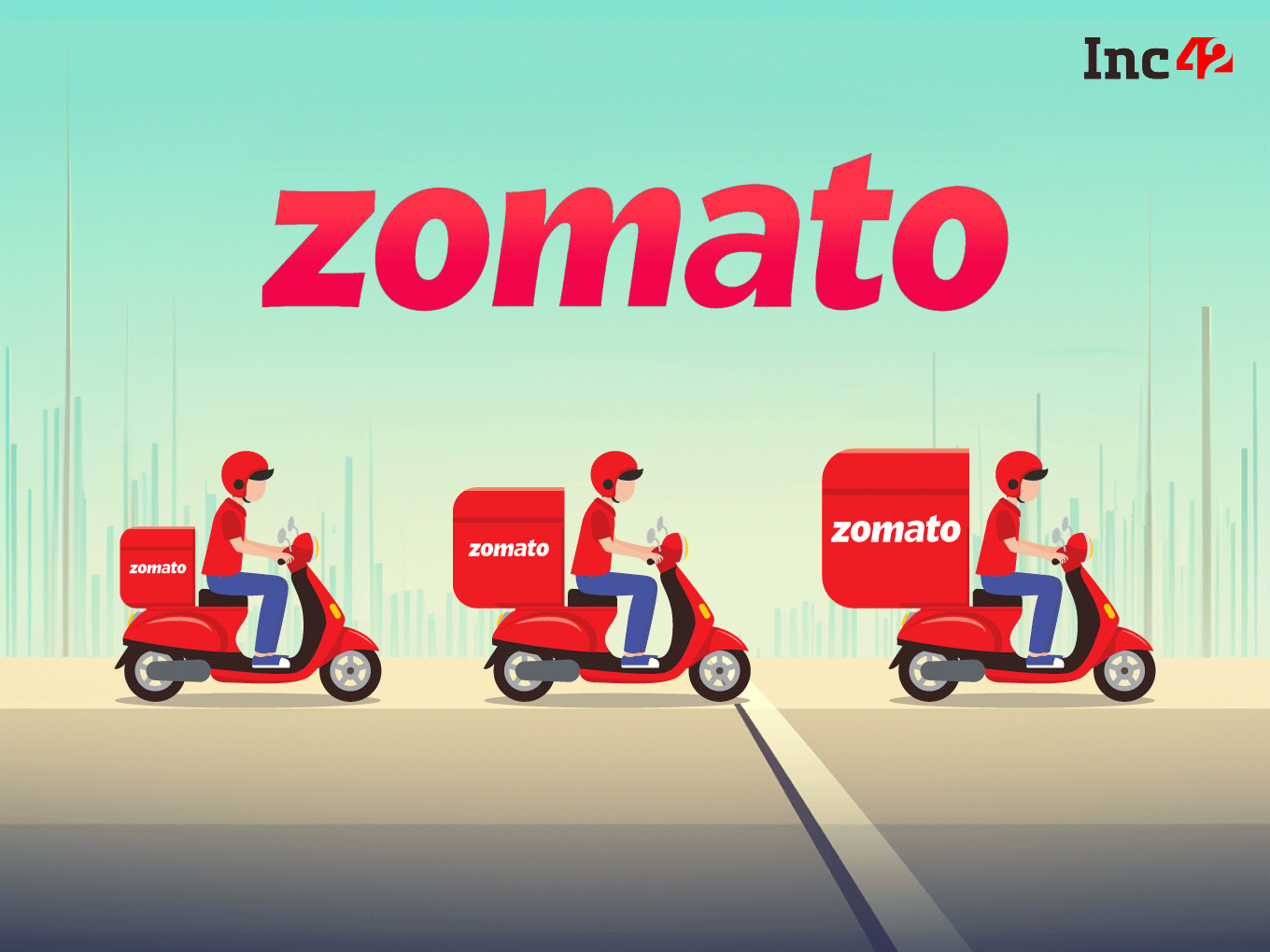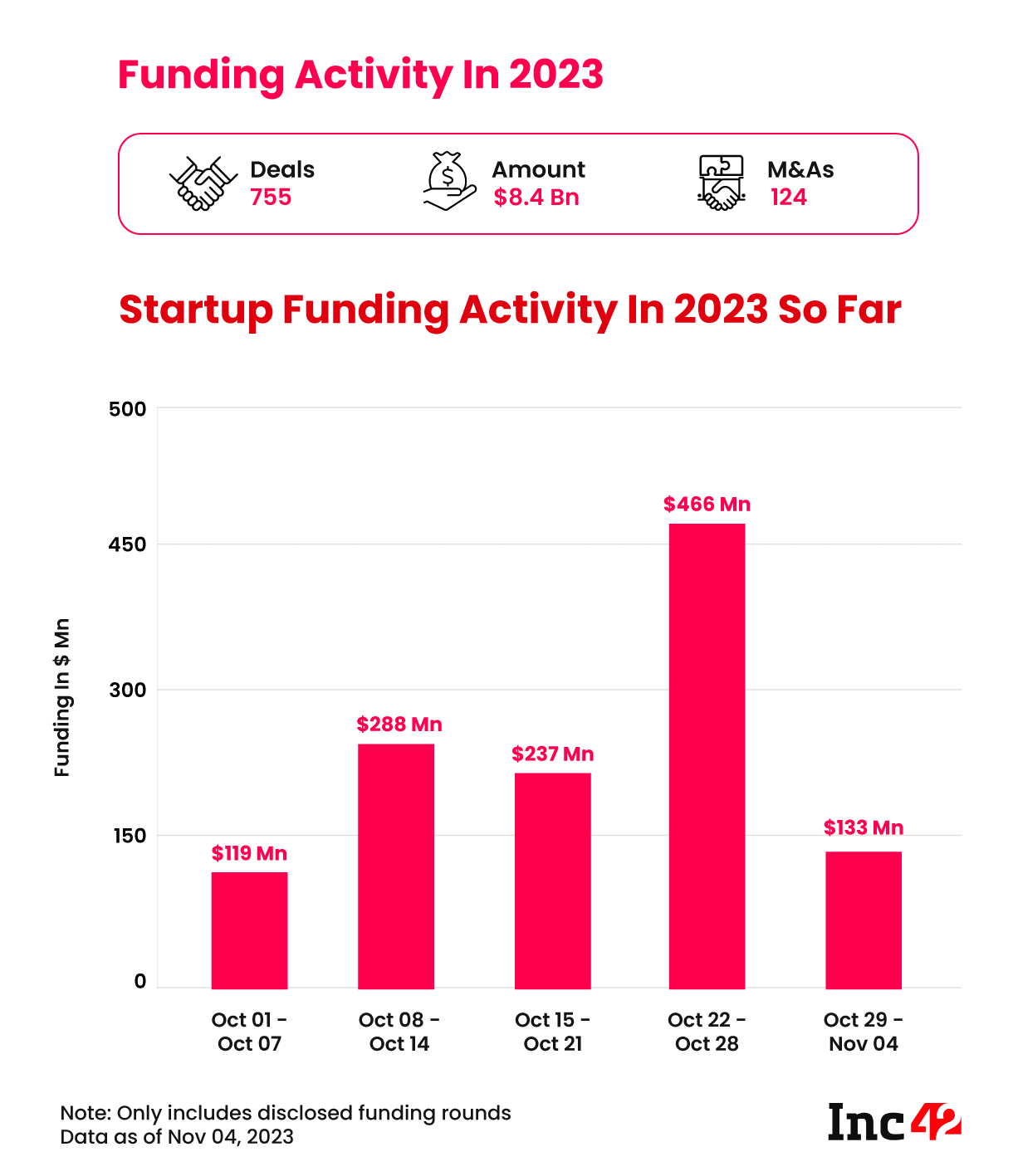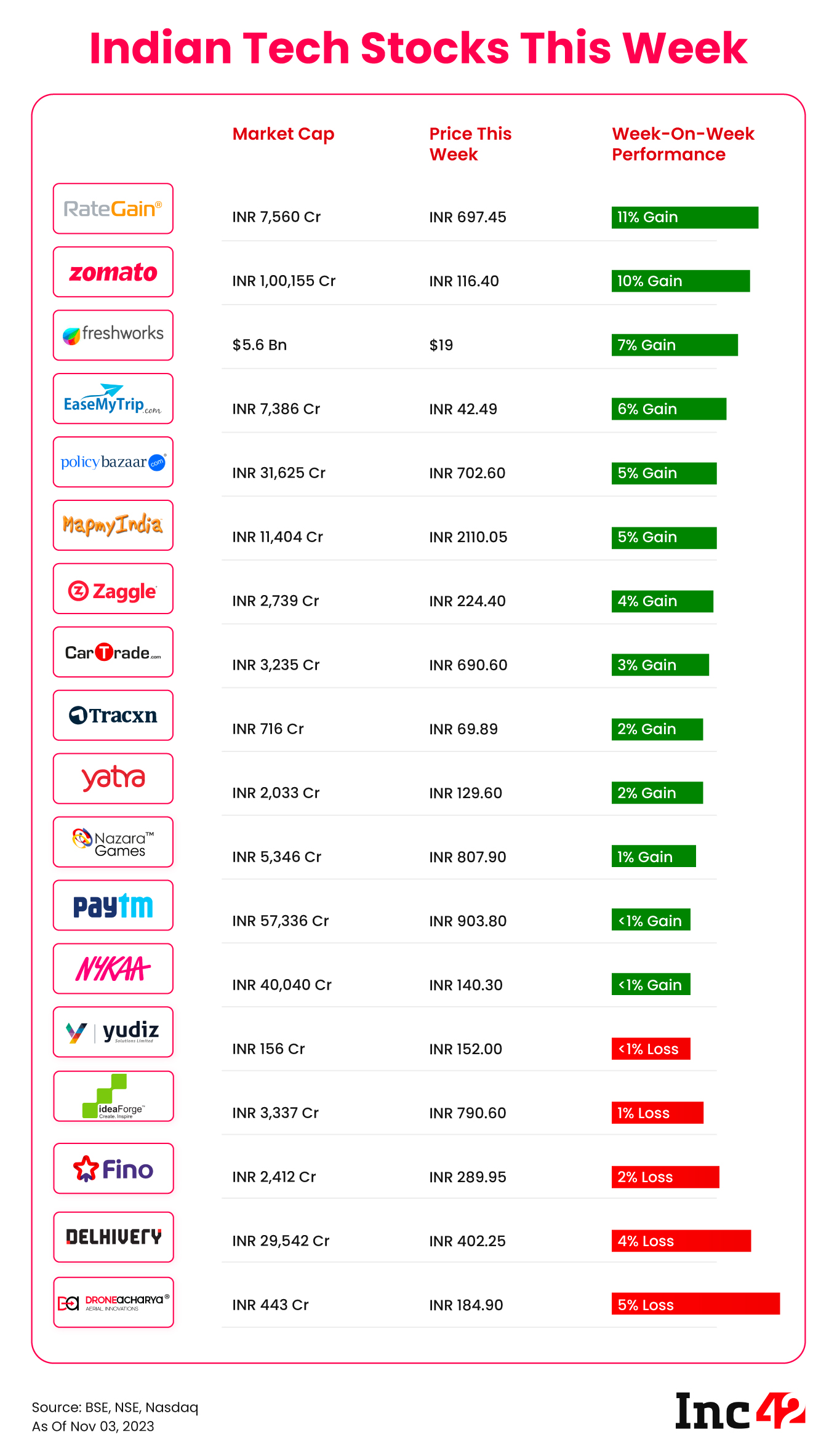Zomato’s Profit-Making Machine

After nearly a decade in India, food delivery is finally a profitable business. Zomato’s second consecutive profitable quarter shows that the company in particular has figured it out.
The Deepinder Goyal-led company capitalised on the revenue momentum in FY24 and seems poised to become a profit-making machine based on what we have seen this year.
But it’s not just Zomato; Swiggy, too, is close to cracking profitability, and the company is also eyeing an IPO in the near future. The food delivery race has been fuelled for nearly a decade by VC money, but it seems the duopoly will now rely on cash generated by the business.
There’s of course a lot more at stake than just food delivery, but this Sunday, we wanted to see how profitability might change Zomato and its biggest rival. After these top stories from our newsroom:
- BYJU’S Strange Numbers: After multiple delays, BYJU’S finally released its FY22 financials, but only partially. The core business reported an EBITDA loss of INR 2,253 Cr, while revenue grew to INR 3,569 Cr. But the full picture is still missing
- Funding On The Rise? With Q3 2023 ending this past week, we can see that Indian startups have raised $8.3 Bn so far this year, nearly on par with 2020 levels. Does this mean we are on the road to recovery of some kind? Read our full report for more
The Zomato Express Rolls On
Last quarter, Zomato got a deferred tax boost of INR 17 Cr to eke out INR 2 Cr in profit, this time around it has taken a more certain step into the black. With a PAT of INR 36 Cr, Zomato’s profits surged 18X this quarter, thanks to Zomato Gold subscription revenue, growth in gross order value and an increase in order volume.
While there was bullishness last quarter that Zomato’s core food delivery business would soon be able to sustain Blinkit and other verticals, as it turns out, this will not be needed for long. Zomato’s quick commerce vertical Blinkit turned contribution positive for the first time in the quarter as well, with a record 45.5 Mn orders.
Hyperpure, the B2B supply arm, reported a 123% YoY surge in revenue, while dining-out vertical saw a sharp 88% increase in revenue to INR 49 Cr. But both these verticals continue to remain loss-making.
How Did Zomato Get Here?
So, how exactly did Zomato turn things around? For one, it must be noted that expenses grew 16.3% QoQ in the second quarter, whereas revenue grew 10% QoQ.
This indicates that the push has come from improving how much money Zomato keeps for itself per transaction. One of the ways it has improved this is with platform fees.
The company said that the fee, which ranges between INR 1 to INR 5, did not affect demand elasticity. So one can expect platform fee to become a permanent fixture in our food delivery bills
The other major revenue stream for food delivery is Zomato Pro, but Pro orders are less profitable for the company than regular orders. Here too, the platform fee is a major contributor to Zomato’s bottom line, and makes up for some of the lost revenue for every Pro order.
Swiggy On The Profitability Trail
Of course, Swiggy was the first one to introduce platform fee, charging consumers directly while simultaneously eliminating commissions for restaurants. This strategy protected restaurants and nudged them towards using the commissions saved for ads and promotions.
Zomato aped this strategy and the results are clear for everyone to see now. In Swiggy’s case, the company has not filed its FY23 numbers, but its loss jumped to $545 Mn for the calendar year 2022 from $300 Mn in 2021, according to Prosus, Swiggy’s lead backer.
Swiggy cofounder and CEO Sriharsha Majety claimed in May that the company has achieved profitability in its food delivery business. Majety also said that other parts of Swiggy’s business are slowly gaining traction and close to breaking into positive unit economics.
At the time, Swiggy told Inc42, “Instamart would reach unit economics positivity in the next few weeks.” And now reports indicate that Swiggy is gunning for an IPO too.
Swiggy began preparations for its IPO in 2023. However, the funding winter and a sharp fall in the valuations of tech startups globally made it keep the plan on the back burner. Now, the company is considering a stock market debut in 2024 and has engaged in discussions with bankers to evaluate its valuation.
This will bring another dimension to the rivalry between Swiggy and Zomato, which has been a mainstay in the Indian consumer services market.
How Will Zomato & Swiggy Change?
Of course, it’s not just food delivery, as Zomato and Swiggy have quick commerce and dining out as rival businesses too. Plus, Zomato recently entered the courier delivery space too, which is a direct competition for Swiggy Genie. For the moment though, Zomato is looking at B2B deliveries only.
In all likelihood, given how similar Swiggy and Zomato’s revenue strategy is and given the fact that both have subscription programmes and similar allied businesses, we expect both companies to have roughly the same scale and profit margins by 2024 and early 2025.
The revenue mix might be different but primarily, both companies will more or less grow at a similar pace given that this is not a zero-sum business category. Essentially, Zomato users also use Swiggy and vice versa.
There are possibilities that profitability will unlock better outcomes on other fronts such as customer service and issues related to gig workers, but that is still not a certainty.
What cannot be doubted is that Zomato and Swiggy will need to look for ways to maximise revenue and add more revenue streams, even perhaps outside their traditional strengths.
As per analysts that track food delivery space, fintech is one area that both Swiggy and Zomato will look to target, particularly financing for cloud kitchens and restaurants. The duopoly has the data advantage to create better risk models for lending to such businesses.
Another option is lifestyle-related verticals that are asset-light. Zomato already does events, and analysts can also foresee the company branching out into hotel and travel experience bookings.
“There is room for a disruptive player at scale, similar to what Airbnb did in Silicon Valley to the likes of Booking.com and others. And it fits what Zomato does with Zomaland and other events,” said one analyst at a Mumbai-based brokerage that covers Zomato.
Profits can change a company, and this is especially true for listed companies that have shareholders to answer to. In the past, Zomato’s experiments and pilots have been hit or miss, but in its current situation, the company needs to take a more measured approach to expansion.
For now, Zomato can bask in the afterglow of its second profitable quarter for a brief moment, but before long, it will be back to the old rivalry and figuring out the next big thing.
Financials In Focus
It’s not just Zomato, of course — a whole host of Indian startups and listed tech companies have released their latest financial statements.
- Tiger Global-backed unicorn Apna saw revenue grow by nearly 3X in FY23, closing in on the INR 200 Cr mark
- Delhi NCR-based logistics unicorn Shiprocket saw operating revenue go beyond the INR 1,000 Cr mark, but its net losses widened due to acquisition costs
- The Indian entity of gaming unicorn MPL narrowed its loss by over 80% in FY23, while operating revenue surged by 36%
- Listed logistics unicorn Delhivery posted a net loss of INR 102.9 Cr in Q2 FY24, down 59.5% from INR 254.1 Cr
- Listed geospatial tech company MapmyIndia saw profits rise 30% YoY to INR 33.1 Cr in Q2 FY24, with momentum across business verticals
- NASDAQ-listed SaaS unicorn Freshworks reported 19% higher revenues, and stepped out of the red with a profit of $17.4 Mn in the July-October quarter
Find these and more financials in our tracker here
Sunday Roundup: Startup Funding, Tech Stocks, IPOs & More

- Funding Galore: Indian startups raised $133 Mn across 18 funding deals, a decline of 71% week-on-week. Aequs and Skyroot saw the biggest rounds of the week
- Mamaearth’s Mega IPO: D2C unicorn Mamaearth’s public issue was oversubscribed 7.61X on the last day of its IPO buoyed by huge demand from qualified institutional buyers

- Drone Battle: The NCLT has blocked RattanIndia’s attempts to alter the shareholding structure of Throttle Aerospace Systems amid an ownership dispute between the two parties
- Messaging Apps Vs Telcos: A telco body has appealed to the government to classify WhatsApp, Telegram and other apps as illegitimate channels for business communication
That’s all for this week. We’ll be back next Sunday with another roundup of the biggest stories and trends from the startup ecosystem!
The post Zomato’s Profit-Making Machine appeared first on Inc42 Media.
No comments